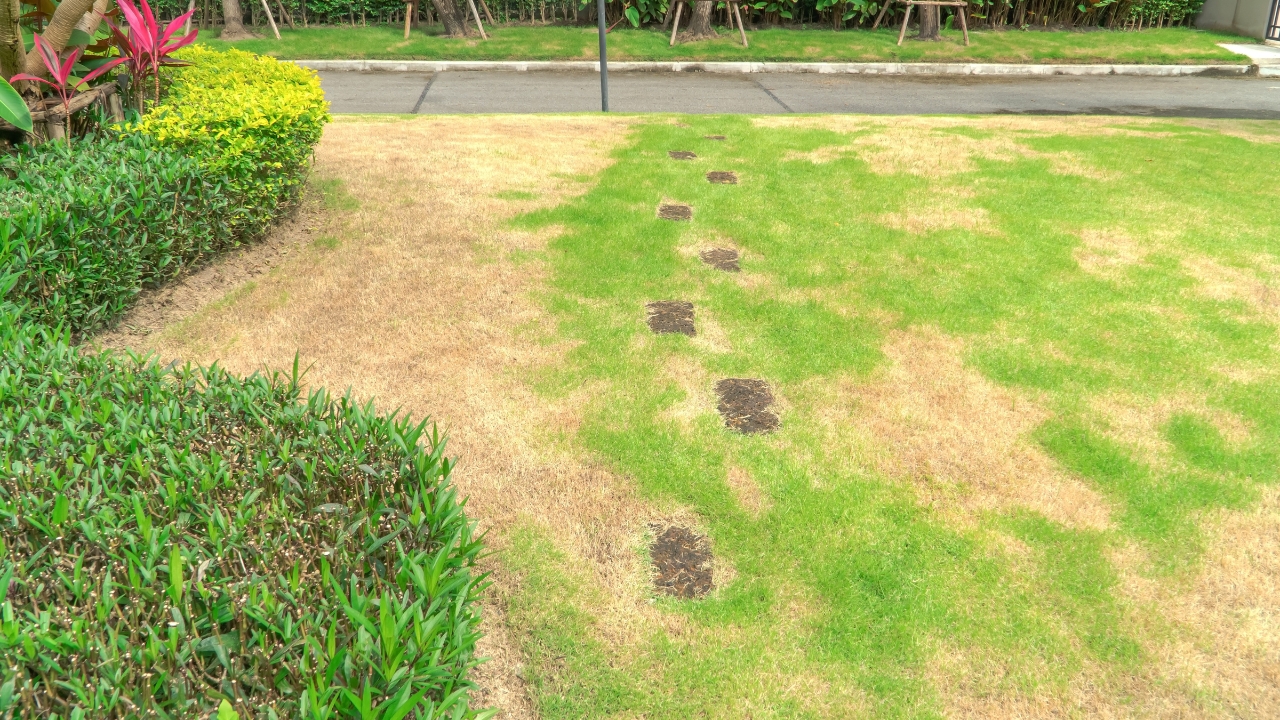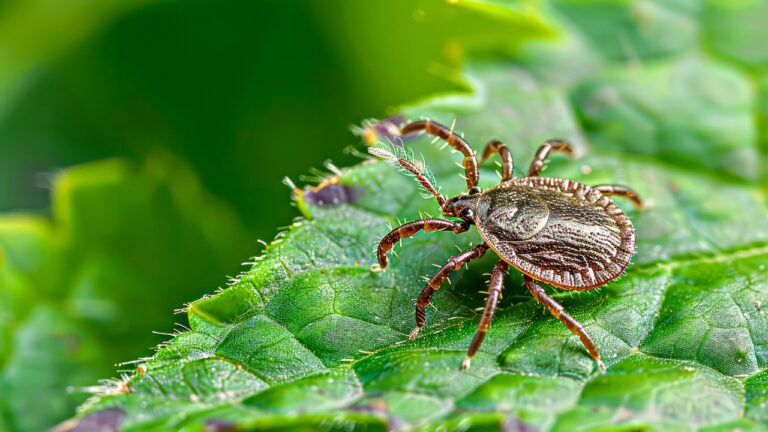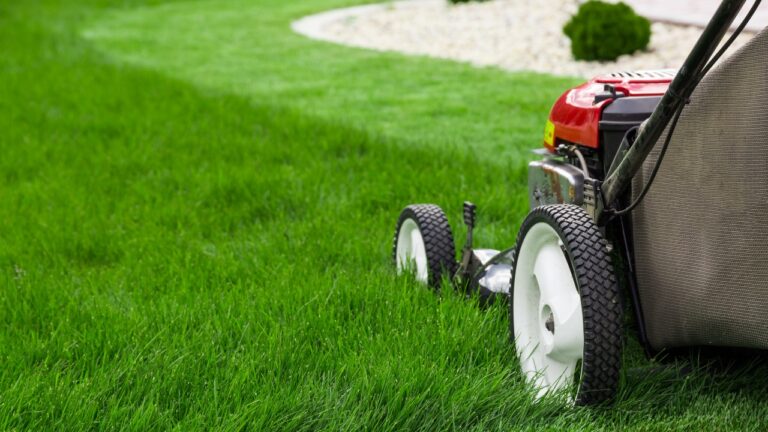9 Landscaping Mistakes That Make Your Yard Look Unfinished
You can spend all the time and money in the world on landscaping, but if you miss a few key things, the yard’s still going to look halfway done. Some of these mistakes are easy to overlook, especially when you’re doing it yourself. But once you know what to watch for, it’s a whole lot easier to clean things up and make your yard look like someone actually finished the job.
Skipping Edging Around Beds

Nothing says “unfinished” like garden beds that just spill out into the lawn. Without some sort of edge—whether that’s stone, metal, or even a clean spade line—it looks like you stopped halfway through the job.
Edging helps keep mulch and soil in place, keeps grass from creeping in, and gives your whole yard a cleaner, more deliberate look. It doesn’t have to be fancy. Just pick something you can install in a straight line and stick with it.
Leaving Bare Dirt Spots
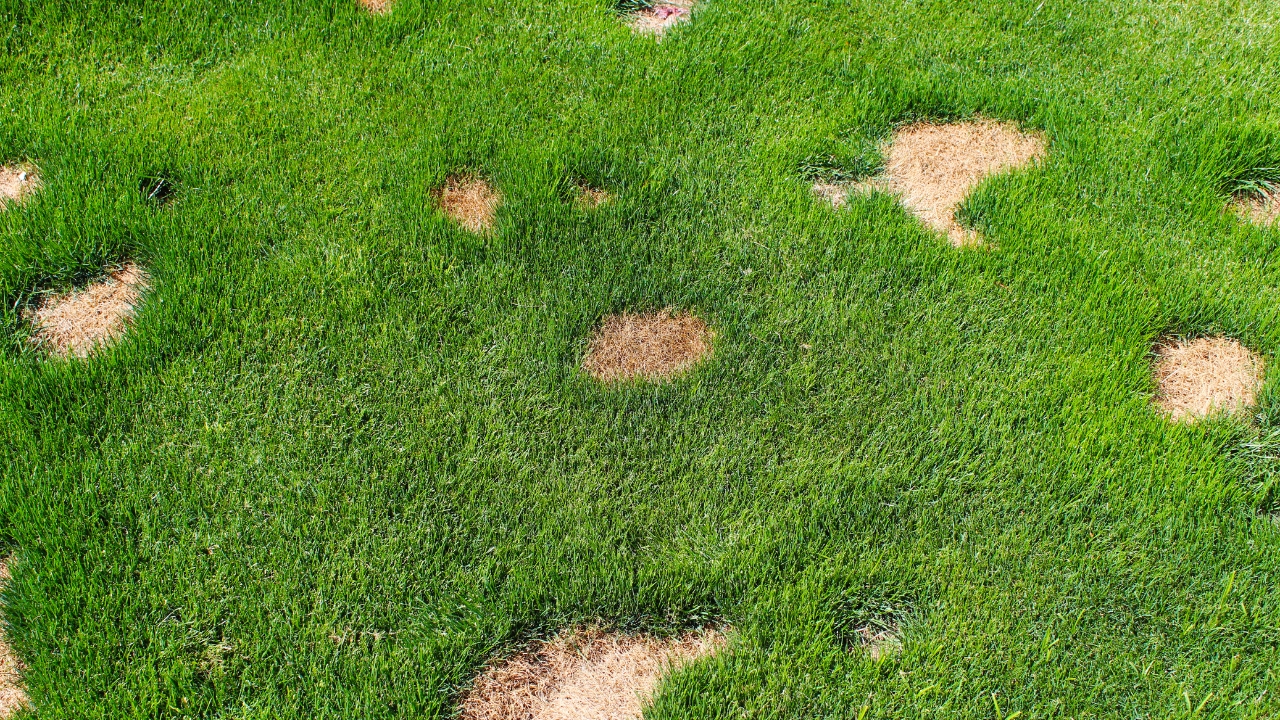
Patchy grass or exposed dirt in high-traffic areas instantly makes the yard feel neglected. Whether it’s under the swing set, beside the shed, or along a walking path, those spots need to be handled.
You can throw down seed, lay some gravel, or install stepping stones—just don’t leave them bare. Dirt turns into mud when it rains, dust when it’s dry, and weeds whenever they feel like it. Covering it up makes everything look more finished and functional.
Planting Without a Plan

Random plants thrown in wherever they fit might look okay at first, but over time, it turns into a mess. Plants grow, spread, and shade each other out if you’re not thinking ahead.
Stick to groupings that make sense—same type of plant, similar heights, or at least something that blooms at the same time. Sketch out a rough plan and give everything enough space to fill in. It’ll look more intentional, and you’ll spend less time ripping stuff out later.
Ignoring the Scale of the Space

Tiny plants in a big yard—or massive shrubs crammed into a narrow bed—throw everything off. When the scale is wrong, the yard never feels balanced, no matter how much you plant.
Step back and look at your house and lot as a whole. Taller plants go near the house or along fences, while smaller ones work better in front or along pathways. Mixing sizes intentionally makes the yard feel layered and complete—not like it was thrown together in a weekend.
Using Too Many Materials
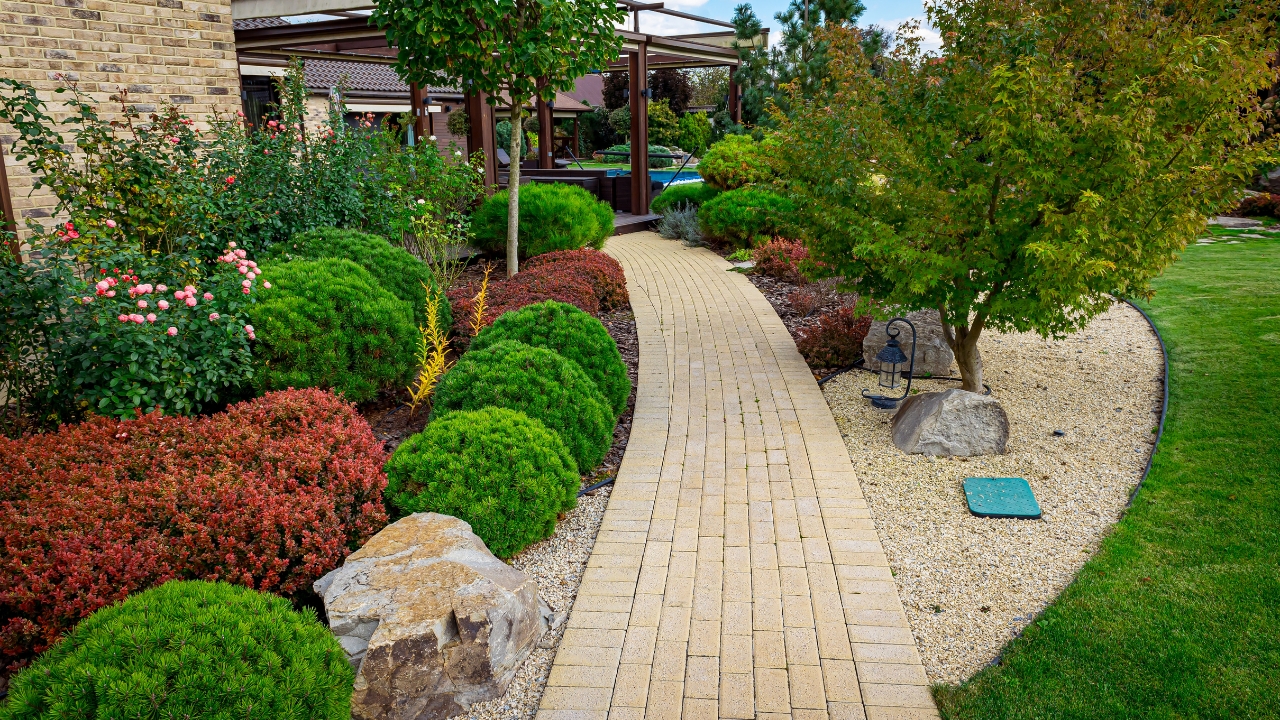
Mixing brick, stone, mulch, gravel, and pavers all in one yard can get chaotic fast. It’s tempting to try everything, but too many materials make the whole place feel scattered.
Pick two or three materials and stick with them throughout the space. Use the same edging around every bed, or match your walkway material to your porch steps. Consistency ties everything together, even if your landscaping is still a work in progress.
Forgetting to Fill Vertical Space

Everything on the ground can look flat and underwhelming if there’s nothing pulling the eye upward. That’s especially true near the front porch or along a tall fence where everything stays low.
Add some vertical interest with trellises, tall grasses, or even a small tree or two. Hanging planters and wall-mounted baskets can also break up blank space. The goal is to create height and depth so the yard feels like a finished space, not just a flat patch of lawn.
Neglecting the Walkways

If folks have to guess where to walk—or worse, wear a path into the grass—it’s a sure sign the yard’s not finished. Walkways don’t have to be fancy, but they should be clear, clean, and easy to follow.
Gravel, pavers, or even stepping stones get the job done. Just make sure they’re level and lead somewhere that makes sense—like from the driveway to the porch or to a gate. A good path makes the whole yard feel more intentional and usable.
Using the Wrong Mulch (or None at All)
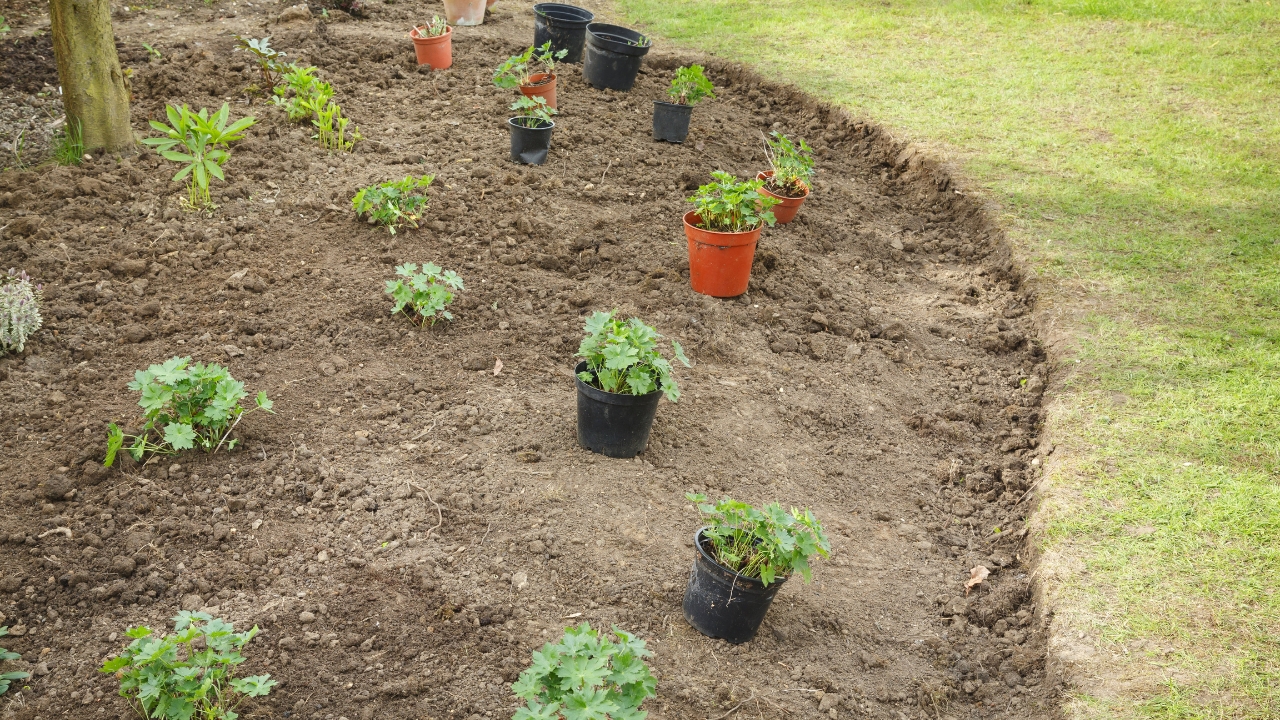
Bare soil around your plants looks unfinished and invites weeds. On the flip side, flashy or dyed mulch can make the whole space feel overdone or out of place.
Stick with natural wood mulch, pine straw, or even gravel depending on the area. Spread it a few inches thick and keep it off the stems and trunks. It cleans up the look, locks in moisture, and makes your beds look finished—even if the plants are still growing in.
Skipping Lighting Altogether

A yard that disappears at night doesn’t feel complete. Basic landscape lighting adds safety and highlights your work—especially around pathways, porches, and plants you actually want people to notice.
Solar lights are an easy, budget-friendly option if you don’t want to mess with wiring. A few spotlights aimed at a tree or walkway can completely change the look of the yard after dark. Don’t go overboard—just enough to show the space off and keep it functional.
*This article was developed with AI-powered tools and has been carefully reviewed by our editors.

